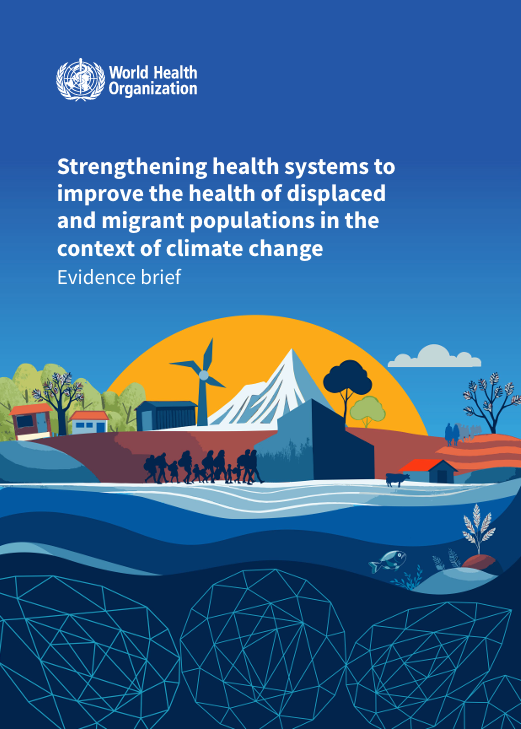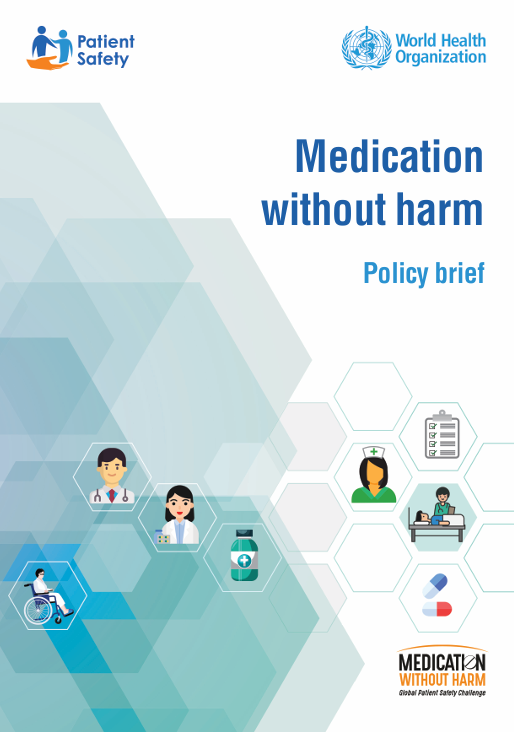Effectiveness, quality and implementation of pain, sedation, delirium, and iatrogenic withdrawal syndrome algorithms in pediatric intensive care: a systematic review and meta-analysis.
Background: Pain, sedation, delirium, and iatrogenic withdrawal syndrome are conditions that often coexist, algorithms can be used to assist healthcare professionals in decision making. However, a comprehensive review is lacking. This systematic review aimed to assess the effectiveness, quality, and implementation of algorithms for the management of pain, sedation, delirium, and iatrogenic withdrawal syndrome in all pediatric intensive care settings. Methods: A literature search was conducted on November 29, 2022, in PubMed, Embase, CINAHL and Cochrane Library, ProQuest Dissertations & Theses, and Google Scholar to identify algorithms implemented in pediatric intensive care and published since 2005. Three reviewers independently screened the records for inclusion, verified and extracted data. Included studies were assessed for risk of bias using the JBI checklists, and algorithm quality was assessed using the PROFILE tool (higher % = higher quality). Meta-analyses were performed to compare algorithms to usual care on various outcomes (length of stay, duration and cumulative dose of analgesics and sedatives, length of mechanical ventilation, and incidence of withdrawal). Results: From 6,779 records, 32 studies, including 28 algorithms, were included. The majority of algorithms (68%) focused on sedation in combination with other conditions. Risk of bias was low in 28 studies. The average overall quality score of the algorithm was 54%, with 11 (39%) scoring as high quality. Four algorithms used clinical practice guidelines during development. The use of algorithms was found to be effective in reducing length of stay (intensive care and hospital), length of mechanical ventilation, duration of analgesic and sedative medications, cumulative dose of analgesics and sedatives, and incidence of withdrawal. Implementation strategies included education and distribution of materials (95%). Supportive determinants of algorithm implementation included leadership support and buy-in, staff training, and integration into electronic health records. The fidelity to algorithm varied from 8.2% to 100%. Conclusions: The review suggests that algorithm-based management of pain, sedation and withdrawal is more effective than usual care in pediatric intensive care settings. There is a need for more rigorous use of evidence in the development of algorithms and the provision of details on the implementation process. Systematic review registration: https://www.crd.york.ac.uk/prospero/display_record.php?ID=CRD42021276053, PROSPERO [CRD42021276053].
研究证据



